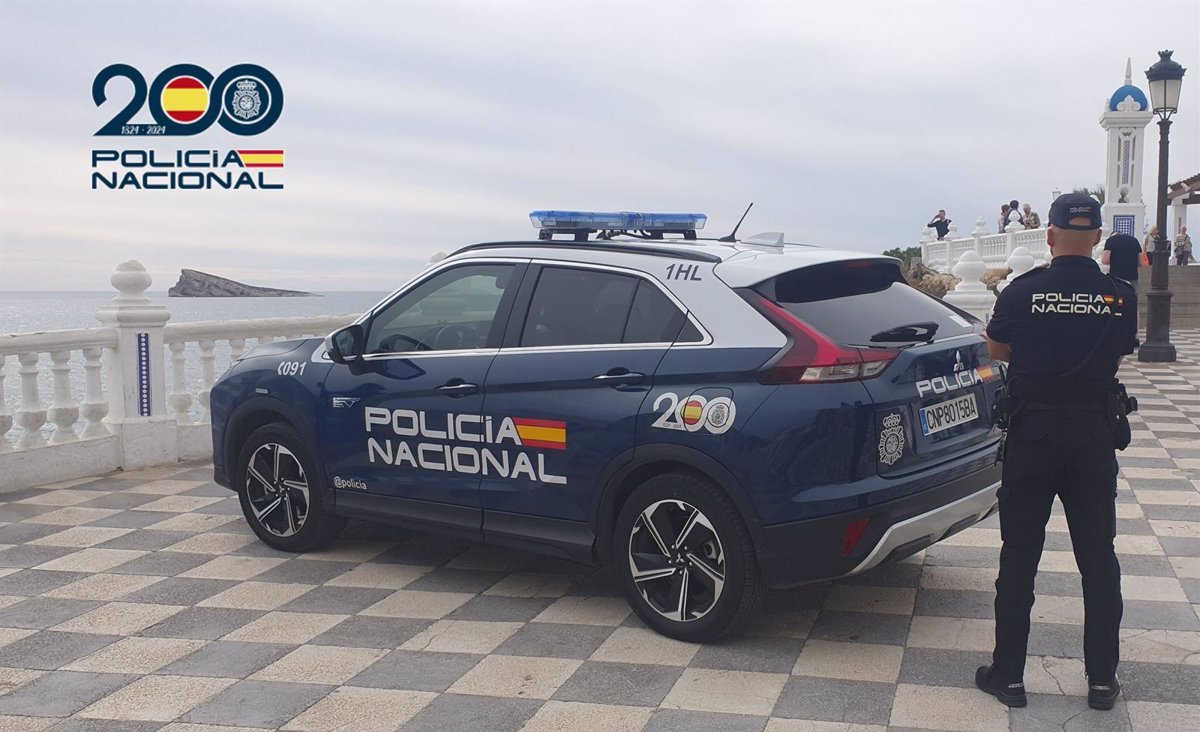
Urban Mobility highlights the effectiveness of the devices in reducing the speed of passage on the avenues of Denia, Elche, Caja de Ahorros, and Villajoyosa to less than 50 km/hour
Alicante, April 25, 2025. The new radars installed on the main arteries entering and leaving the city surprised in their first month of operation, between January 17 and February 17, catching 1,491 drivers exceeding the legal speed limits. Despite this, the Urban Mobility department positively values their implementation as they have managed to reduce the established passage speed to 50 km/hour, thereby improving road safety, with a decrease in non-compliance compared to the previous trial period, dropping from an average of 134.5 daily violations detected between January 1 and 20 to 49.7 recorded in the first 30 days of their official service.
The radars that have recorded the highest number of infractions in this first month of operation were those installed at Vistahermosa on Denia Avenue with 1,032 violations, followed by those on Elche Avenue with 436, and Caja de Ahorros, in front of the Santo Ángel de la Guarda Special Education Center, with 23. The devices installed on Villajoyosa Avenue, in the Quarry, did not record any offenders.
The Urban Mobility councilor, Carlos de Juan, explained that «in an initial assessment of the effects of the new radars’ entry into service, there is evidence of a generalized reduction in speed below the established limits of 50 km/hour, thus improving road safety and reducing the risk of accidents.»
The deterrent effect of these devices is also evident in the previous figures of infractions recorded during the trial period and those after their official service entry. In this first month of operation of the four new radars, the daily average of violations recorded is 49.7, while in the first twenty days of the trial – between January 1 and 20 – before their official activation, daily averages were much higher, specifically 134.55, reaching 107 on weekdays and 175.88 on holidays on average.
«As seen in the comparative figures, with the entry into service of the new radars announced by the City Council for January 17, the number of daily average violations is reduced from 134.5 to 40.7, consequently achieving a traffic calming that results in the improvement of road safety and the reduction of accidents in these critical link or interconnection roads that concentrate high levels of traffic,» emphasized the Urban Mobility leader.
New devices
On January 17, the four new radars installed for speed control, limited to 50 kilometers per hour on the main access points to the city, came into operation. Specifically, the devices are interchangeable and are intended for the poles installed on Denia Avenue (Vistahermosa), Elche Avenue (San Gabriel, Euipo, and El Palmeral), Caja de Ahorros Avenue (Santo Ángel de la Guarda SEE), and Villajoyosa in the quarry.
The Alicante City Council awarded this contract in September of last year for the supply of four new multi-lane Doppler effect speed control devices on pole cabins to Smartpol Gestión S.L. for an amount of 290,673.77 euros. In addition to the four radars, the contract also allowed for the installation of five new poles to house them – as the radars can be interchanged – two on Denia Avenue at Vistahermosa, another two on Caja de Ahorros Avenue (Antulio Street/Santo Ángel SEE), and a fifth on Villajoyosa Avenue in the quarry. Alicante also has seven other poles available to house fixed radars: three on Elche Avenue, one on the University Avenue, one on Denia Avenue (La Goteta), another on Villajoyosa Avenue, and the last one on La Goleta Avenue in Cabo de las Huertas, the access road to Playa San Juan.
Radar system
The radar system is a device capable of detecting the presence of vehicles circulating in the control area and measuring with extreme precision the speed of each of these vehicles, triggering its photographic camera if the measured speed exceeds a pre-established limit, so that the image of the vehicle at that moment, along with the speed measurement and other relevant data, is recorded in an encrypted and tamper-proof digital file format.






